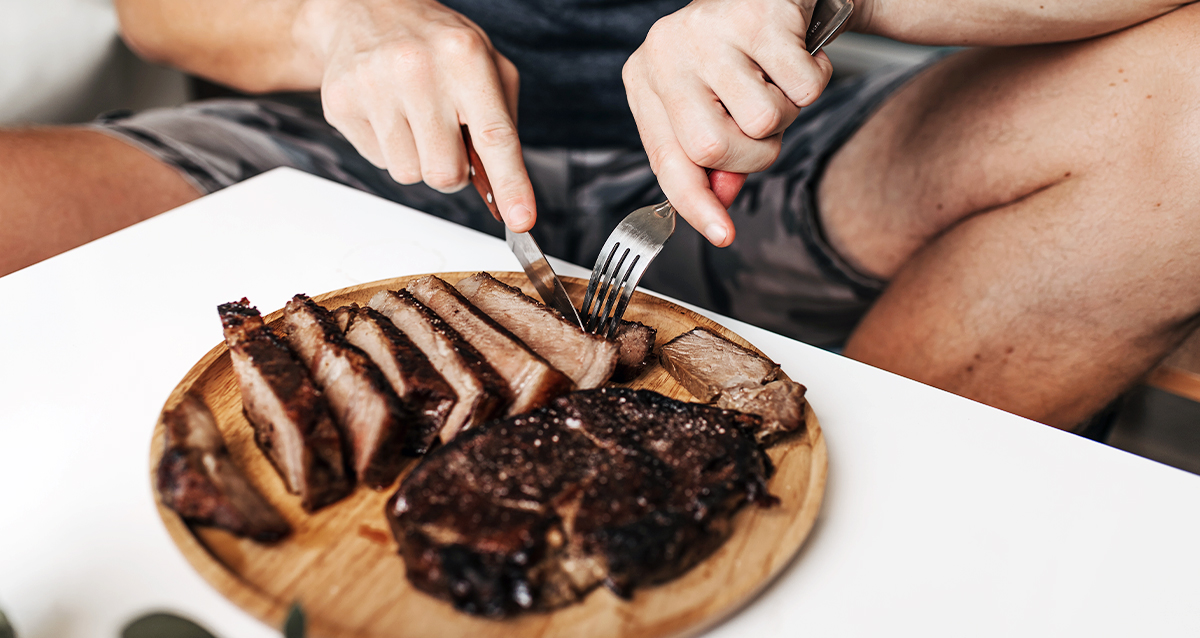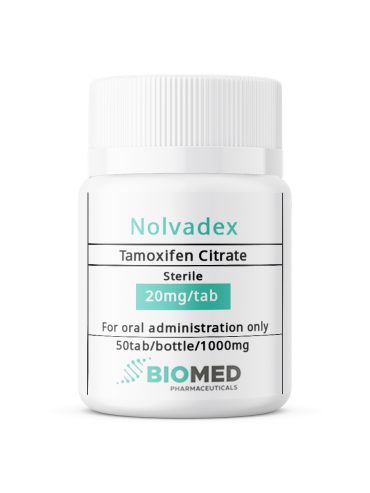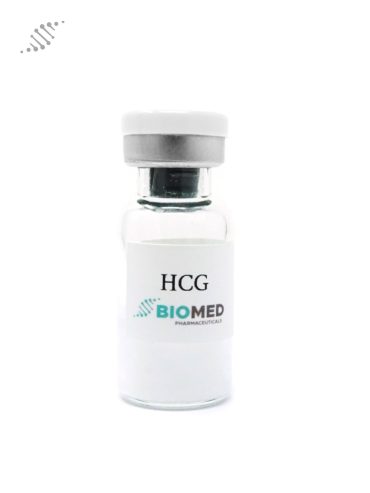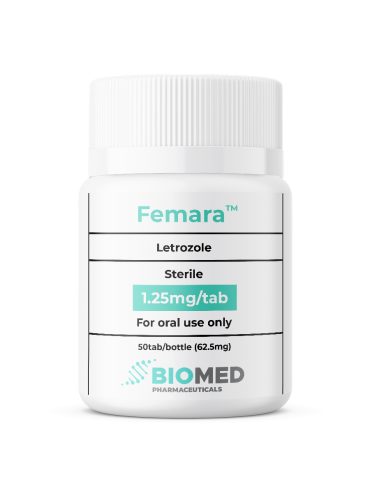- You have no items in your shopping cart
- Continue Shopping

Embarking on a fitness journey often entails navigating various phases, each with its unique challenges and triumphs. While much emphasis is placed on the journey toward fat loss and achieving fitness goals, what happens after reaching a dieting phase is equally vital.
The transition from a cutting regimen to a maintenance or surplus eating pattern is a critical juncture that’s frequently overlooked: the post-diet phase. Enter reverse dieting, a strategic approach that holds the key to long-term success and sustainable progress.
Adding Calories in Your Post-Diet Phase
Imagine you’ve diligently adhered to a well-structured diet, reined in your cravings, and sweat it out at the gym. Your hard work pays off as the numbers on the scale drop, abs begin to pop through your shirt, and you inch closer to your desired physique. Finally, you’ve reached your goal body fat percentage and here we are, at the close of summer. As the dieting phase concludes, you find yourself at a crossroads. The temptation to dive headfirst into a calorie surplus to reward yourself is real. However, this leap can have unintended consequences.
The Crucial Mistake of Rapid Weight Rebounds
Swiftly transitioning from a calorie deficit to a surplus can lead to the dreaded “rebound effect.” While it’s natural to want to indulge post-diet, this unchecked approach often results in rapid weight gain. The body, adapted to functioning on fewer calories, reacts to the sudden influx by storing excess energy as fat, potentially erasing the progress made during the dieting phase.
The Benefits of Reverse Dieting
Simply put, reverse dieting is a calorie-measured, systematic strategy that enables a smoother transition from dieting to maintenance or bulking. Unlike the abrupt leap, reverse dieting provides a gradual reintroduction of calories, allowing your metabolism to recalibrate and adapt to the increased intake. This method offers several benefits:
Metabolic Adaptation
After sustained calorie restriction, your metabolism might have slowed down to conserve energy. Reverse dieting helps revitalize your metabolic rate, avoiding the metabolic slump that can accompany rapid calorie increases.
Muscle Preservation
During dieting, muscle preservation is a priority. Luckily, some of our best-selling anabolic steroids such as Sustanon or TNT-450 can help you maintain that hard-earned size! With reverse dieting, the gradual calorie increase aids in maintaining your hard-earned muscle mass. Sudden overeating can lead to fat gain, potentially jeopardizing the muscle definition achieved during the diet.
Body Image and Digestion
Transitioning from a restrictive eating plan to a more flexible one can be mentally and emotionally taxing. Reverse dieting alleviates the psychological stress and insecurities associated with an abrupt dietary shift, promoting a healthier relationship with food and body image.
Sustainable Progress
The ultimate goal is sustainable progress. Reverse dieting ensures that the progress achieved during the dieting phase is not negated by post-diet pitfalls. It sets the stage for steady, manageable, and long-term advancements.
How to Reverse Diet Effectively to Stay Lean
So, how does one navigate the reverse dieting terrain? Patience and precision are key. Begin by gradually increasing your daily caloric intake by a modest amount, such as 100-200 calories, each week. Monitor your body’s response and adjust as needed. Strive for a balance between your newfound calorie allowance and maintaining a healthy, active lifestyle.
After long dieting phases, your Testosterone and other hormones can also take a hit. With that being said, it’s important to take supplementation into heavy consideration in order to bring your health monitors back to normal levels. At BioMed, we take pride in our PCT and Anti-Estrogen supplements due to their consistent ability to restore healthy hormones.
HCG 5000IU/vial
$105.00Letrozole “Femara” 1.25mg/tab
$100.00Embracing Long-Term Physique Progress
Reverse dieting underscores the importance of embracing a long-term vision over short-term fixes. It’s a testament to the fact that fitness journeys are not linear; they’re characterized by ebbs, flows, and strategic planning. By incorporating reverse dieting into your regimen, you’re setting the stage for sustained progress, optimal metabolic function, and a better path for your body to gain muscle on.
In the grand narrative of achieving and maintaining your fitness aspirations, the post-diet phase holds a pivotal role. Embrace the strategy of reverse dieting as you transition from dieting to a new chapter, one that’s marked by sustainable progress, metabolic resilience, and a healthier approach to nourishment.








